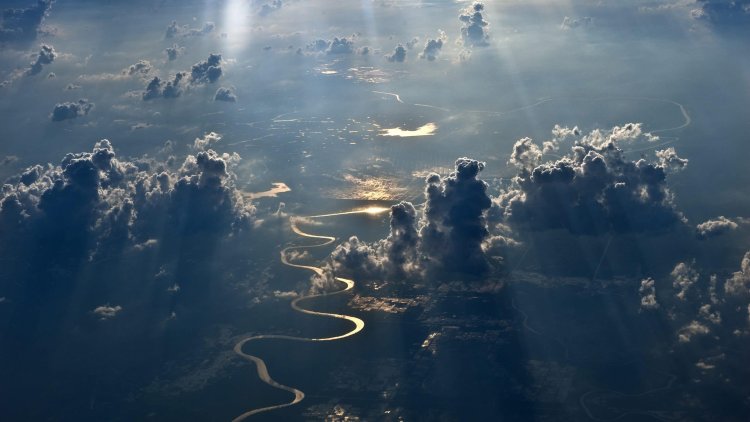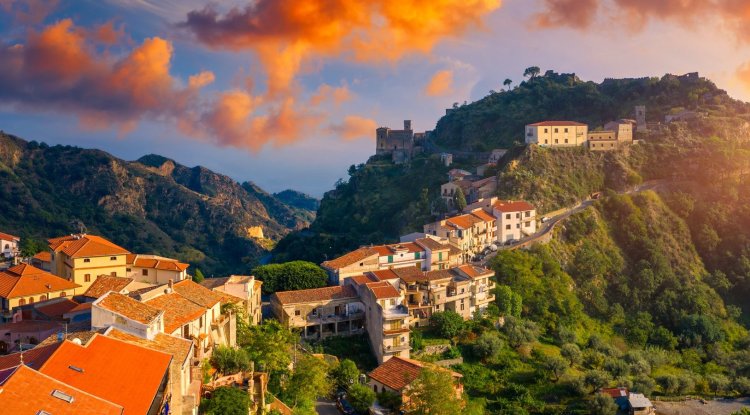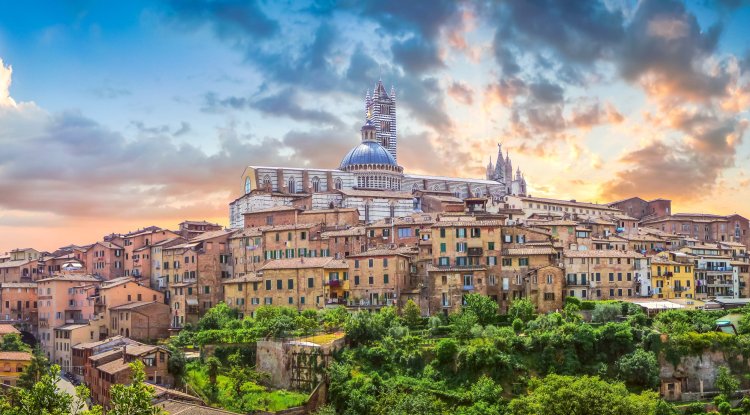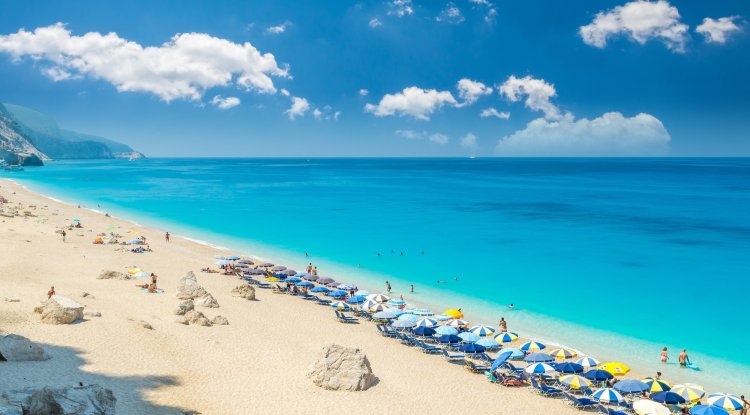The long-lost ‘Island of Gold’ re-emerges in the Indonesian river

The remains of the long-lost "Island of Gold" - where stories describe cannibal snakes, fire-spitting volcanoes, and Hindi-speaking parrots - may have been found in the Musa River near Palembang, Indonesia. And of course, there is gold, which leaks from the bottom of the river.
Divers exploring the muddy bottom of the river pulled out hundreds of figurines, temple bells, tools, mirrors, coins, and pottery. They found gold sword hilts and gold and ruby rings, carved wine jugs, and flutes in the shape of peacocks.
All these treasures point to one thing: scientists have located the lost city of Srivijaya, once a rich and powerful port along the oceanic trade route between East and West. Srivijaya, ruled by a king, controlled the Strait of Malacca between the mid-600s and 1025 when war with the Indian Chola dynasty broke the city’s power. From then on, Srivijaya declined in influence, although trade there continued for another two centuries, according to historians. The last Srivian prince, Parameswara, tried to regain control of trade in the region in the 1390s, but was severely defeated by forces from the nearby kingdom of Java; after that, Srivijaya and its surroundings became a refuge for Chinese pirates.
Today, there are almost no traces left of the glorious days of Srivijaya, except for the glittering artifacts that the divers pulled out of the river. No official archaeological excavations have ever been carried out in or around the river; the artifacts are sold to private collectors in the global antique market.
This means that even as the artifacts reappear, finally pointing to the Srivijaya site, there is almost no physical evidence of what everyday life was like there, said Sean Kingsley, a marine archaeologist, and editor of Wreckwatch magazine, where he recently wrote about the lost Island of gold.
By: Amber V.





























